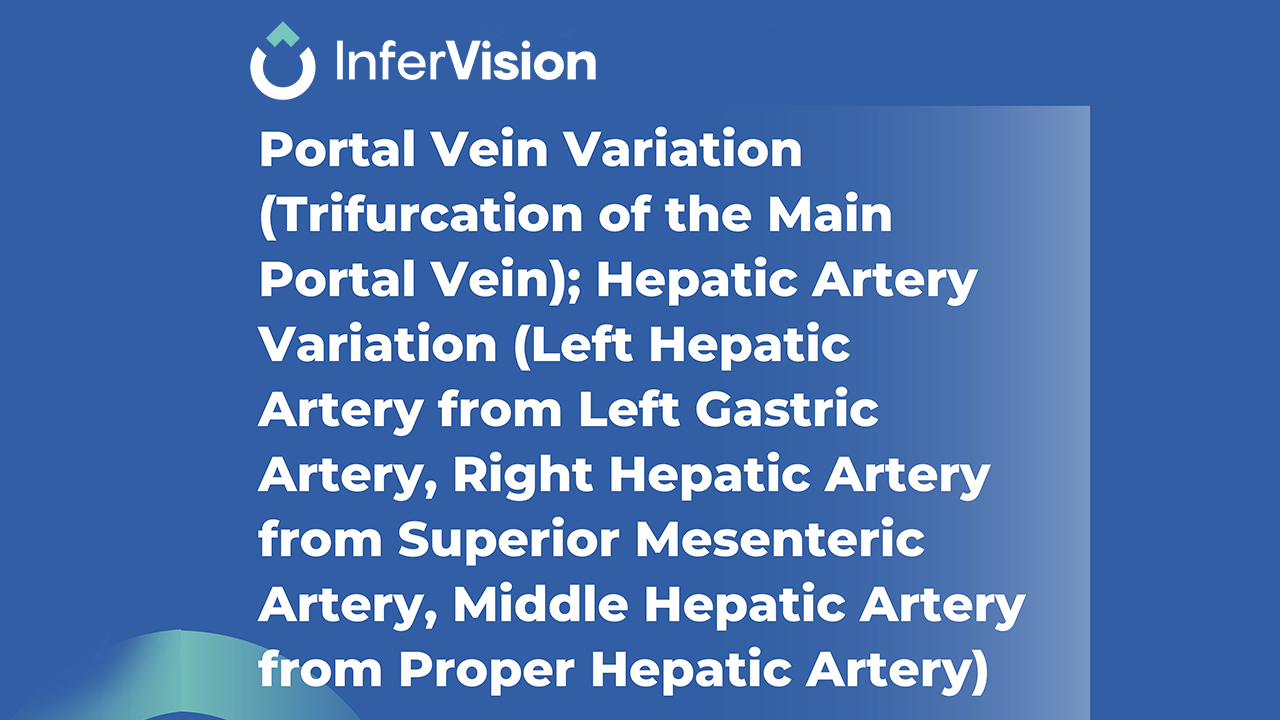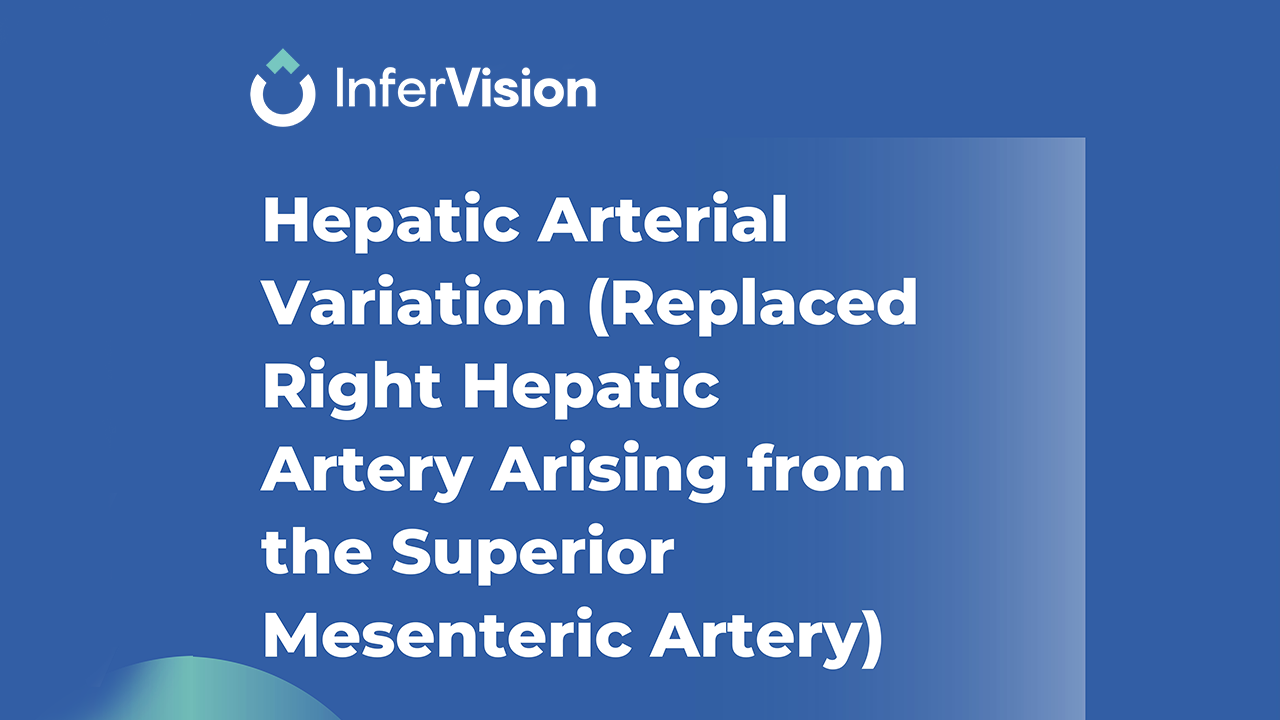Background
A primary hospital in a country outside the United States has long been committed to addressing the region's high incidence of lung cancer. As a disease with persistently high morbidity and mortality rates, lung cancer poses a significant threat to patients' lives and imposes a heavy burden on both the healthcare system and families. However, traditional diagnostic and treatment models face challenges such as delayed diagnoses, high rates of missed diagnoses, fragmented treatment processes, and inefficient resource utilization, limiting the effectiveness of early detection and treatment.
To address these challenges, the hospital has adopted artificial intelligence (AI) technology and implemented a multidisciplinary team (MDT) approach, effectively improving diagnostic efficiency and treatment quality in its efforts to promote early screening and treatment of lung cancer.
Key Issues
Although the importance of lung cancer screening and treatment is widely recognized, traditional screening technologies lack efficiency and accuracy. Patients often need multiple visits to complete their diagnosis, leading to wasted medical resources. Additionally, public awareness of the importance of lung cancer screening remains low, further limiting the coverage of early diagnoses.
Solutions
The hospital tackled these issues through a three-pronged approach. First, the necessity of lung cancer screening was widely promoted through public health education activities and social media outreach. The hospital organized numerous health lectures and awareness campaigns to engage the public and shared success stories and educational content via its official WeChat account. Second, a specialized multidisciplinary team for lung nodules was established, integrating resources from the respiratory, thoracic surgery, and radiology departments to provide "one-stop" diagnostic and treatment services. The multidisciplinary model ensures that patients receive comprehensive diagnostic opinions from experts across multiple disciplines in a single visit, significantly reducing diagnosis time. Most importantly, the hospital implemented an AI-powered lung nodule screening system, which substantially improved the positive detection rate while minimizing the risk of missed diagnoses. This technology not only alleviates patients' anxiety but also optimizes the use of medical resources. With the aid of pharmacoeconomic analysis, the AI-assisted system has reduced unnecessary repeat tests and overtreatment, thereby saving costs for both patients and the healthcare system.
Results
Through the AI-based one-stop MDT diagnostic and treatment platform, the hospital achieved remarkable outcomes in a short period. The positive rate of lung nodule screening increased to 65%-70%, the detection rate of pulmonary nodules increased by up to 114% during the same period, and the volume of CT chest scans grew by 54% within six months. Economically, the hospital's revenue from CT scans increased by 1.65 million yuan, while the volume of thoracoscopic surgeries rose by 74% during the same period. These advancements have provided technical support for the hospital to establish itself as a regional center for lung cancer diagnosis and treatment, enabling early screening and early treatment.

The new collaborative working model of AI and doctors has doubled the positive detection rate of lung nodules compared to the traditional manual film-reading model. It has shown outstanding performance in detecting small nodules and nodules that are prone to being missed. This collaborative approach significantly reduces the hospital's risk of missed diagnoses.

Future Prospects
Building on these achievements, the hospital plans to continue promoting AI technology and the MDT collaborative model, expanding the screening coverage within the region and enhancing public health awareness through case-sharing initiatives. In the future, the hospital is expected to further consolidate its advantage in regional medical services.





